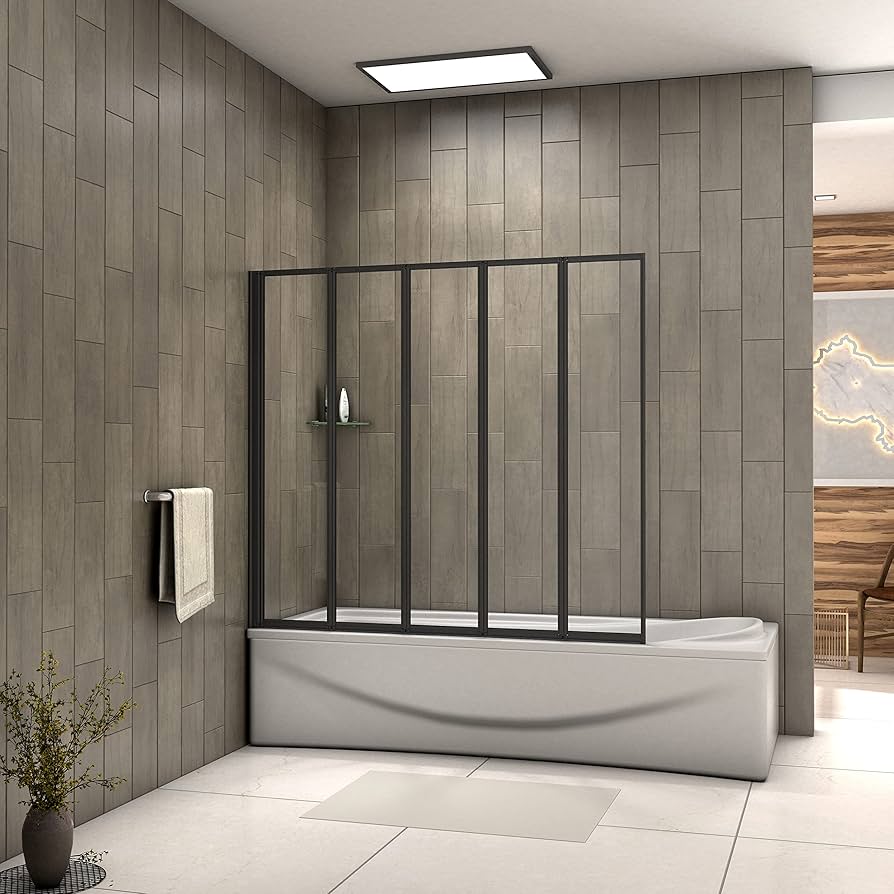The function of an effective Garage Door Seal in providing the desired level of protection and insulation for your garage should never be underestimated. Proper weather sealing will keep the cold outside and the heat inside, making it possible to spend more time inside your garage doing whatever you want to instead of being trapped outside in inclement weather. With garage door seals, you can even enjoy the nice weather outside by locking your doors!

You don’t have to be a professional or a building contractor to appreciate the value that a seal can bring to the effectiveness of your total insulation efforts. Garage doors are often used for many years, and the longer they’re using, the more chances there are for problems to develop with the seals themselves. Proper installation is essential to long-term insulation benefits. If you are considering the installation of a garage door seal, here are some pros and cons of each type:
Rubber Seals – They are easy to install with the use of an adhesive Hanger and are relatively inexpensive. While this is a low-maintenance type of garage door seal, it’s important to make sure that you do not cut corners when it comes to the cutting and application of the material. If you choose the wrong material, you may end up with a weaker rubber seal that does not protect as well as you expected. This type of garage door bottom seal is best suited for flat surfaces, and you should avoid using them where it is important to seal a curved or slanted garage door. This is because a rubber seal that is too thin will not allow enough air flow to circulate around the garage.
T-ends – They are the most expensive type of garage door seal available on the market today. However, they are highly durable rubber products that offer superb insulation benefits. Like rubber seals, t-ends are usually applied by dipping a brush in a high-quality liquid silicone then spreading the mixture on the surface area to be sealed. The main advantage to using t-ends is that they offer a tight seal without blocking air circulation around the structure. This means that you will be able to keep your vehicle in better condition due to the increased insulation value that the t-end provides.
Vinyl Seals – Vinyl is the most common type of seal used to seal the top of a garage door. Vinyl is one of the easiest and cheapest types of protective seal to apply. Unlike rubber seals, vinyl can withstand many years of constant exposure to the elements. However, they are not as strong as rubber seals and may not provide as much insulation value. A disadvantage to vinyl is that they tend to peel over time. They are also not very durable and do not provide the insulation benefits that vinyl t-ends provide.
Another type of seal to consider is a tarp seal which is designed to provide added protection against rain, snow, dust and moisture. These seal works best when applied on the outside of the door and works well for plastic, wood and metal garage doors. They are also able to provide added protection from flying debris that can damage the rubber seals. A major advantage of this style of seal is that it is waterproof and is more cost effective than other styles of seal. This style of seal can also provide added insulation to help keep your home warm in the winter months.
Do not go where the path may lead; go instead where there is no path and leave a trail.
What You Need To Know About Garage Door Seal Covers
Back To Top


